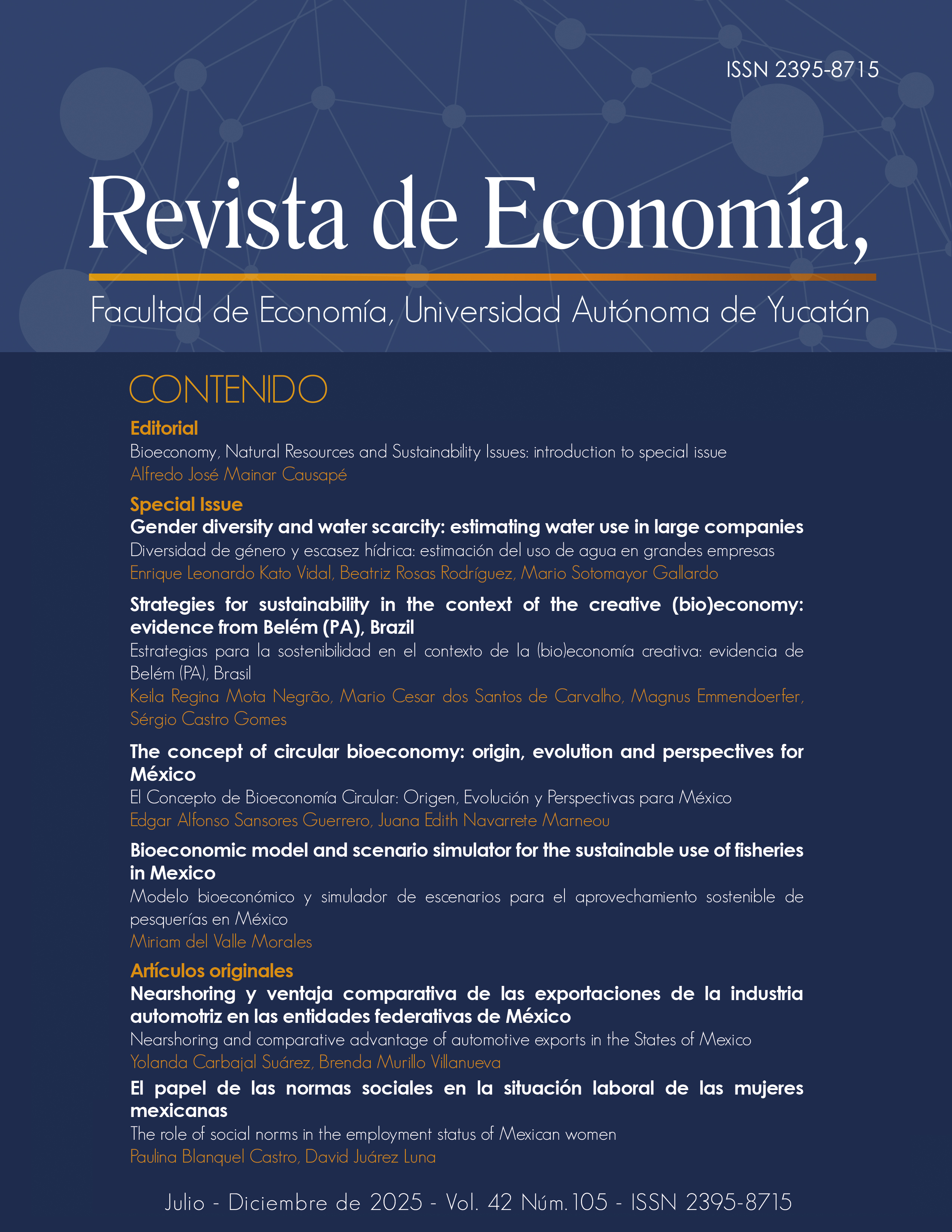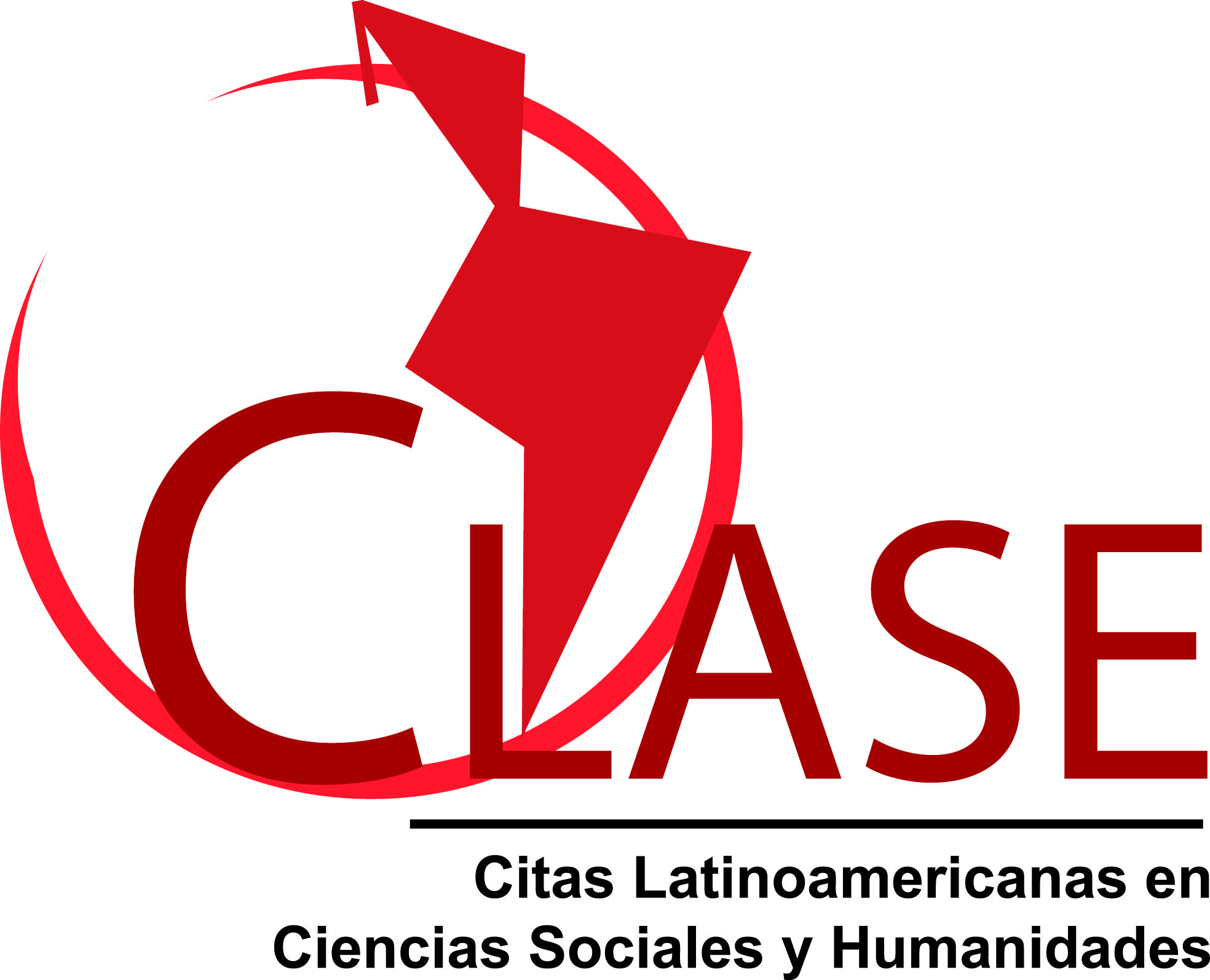Gender diversity and water scarcity: Estimating water use in large companies
Abstract
Insufficient water availability is a concern for corporate and government management. In Latin America, some large companies have reported environmental statistics, which allows for the evaluation of their actions and results regarding water use for production. Greater participation of women in corporate decision-making has been identified as having served to increase efficiency and reduce water use. The aim of this article is to explain changes in water use in companies from two perspectives: 1) by measuring the influence of women on boards of directors, and 2) by estimating the effect of regional water conditions, which, if worsened, would foster changes in business practices. These approaches allowed us to validate how gender diversity in companies contributed to reducing water use and also to match firms' self-reported water figures with the region's water conditions. The sample consisted of 29 companies (87 observations) listed on the Mexican Stock Exchange and was estimated using a system of equations with data from 2017, 2020, and 2023. The variables came from business reports and government indicators on concessions, bans, and water quality. It was found that incorporating the region's water conditions into the analysis increases the level of water stewardship promoted by women executives. These findings contribute to the design of sustainable strategies and provide evidence on adaptive efforts due to water degradation.
Copyright (c) 2025 Revista de Economía, Facultad de Economía, Universidad Autónoma de Yucatán

This work is licensed under a Creative Commons Attribution-NonCommercial-ShareAlike 4.0 International License.
D.R. © Revista de Economía
The conditions that are required when granting the attribution license called CC -BY-NC-SA are the following:
1. The Universidad Autónoma de Yucatán must be clearly identified as the owner of the copyright of the original publication.
2. The material may not be used for commercial purposes.
3. Any derivative work must be published and distributed under the same open access license as the original publication.











